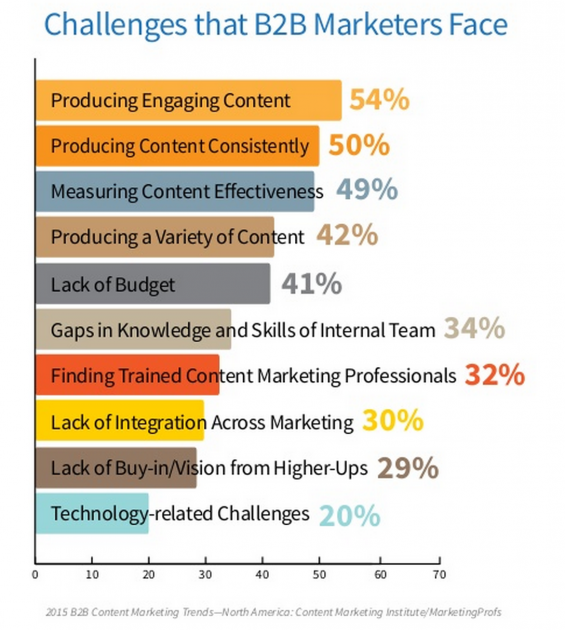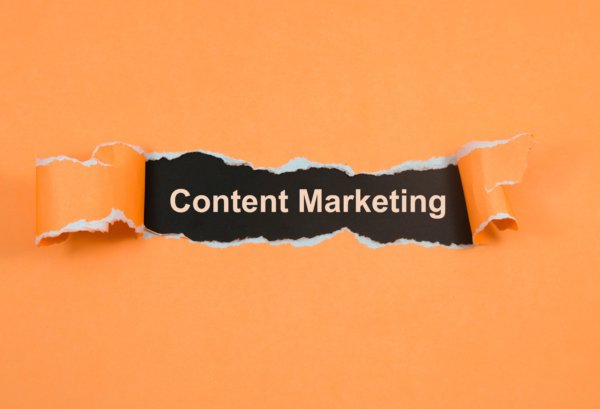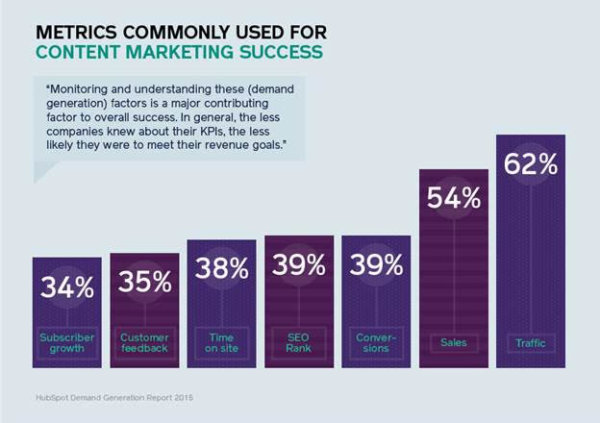
How to Measure Your Content Marketing Effectiveness

Content marketing is booming – so it must be working. But how do you know? There are shedloads of guides and how-to’s on the fundamentals of content strategy and the secret to building shareable assets. The missing piece is measurement.
With so much budget shifting into content marketing, CMOs are under increasing pressure to prove that it’s generating results – in ever more granular detail. Yet there’s still no consensus on what the KPIs should be or how to structure campaigns and programmes.
In this article Matthew Sawyer, marketing director at Datadial, is going to share with us how they measure content marketing effectiveness: a straightforward approach that’s delivering for our clients, with a core methodology that could also work for you.

Embrace the Funnel
Seth Godin says content marketing is “the only marketing left” – it’s digitally consumable, practical, and perfectly suited for the internet generation. To get succeed in the marketing field, people can also consult an agency in Pittsburgh, PA as they can help you to stand out of the crowd.
With so much of our professional and personal lives lived online, content matters. People care about it. So marketers need to create assets that are meaningful, and recognise the stage in the sales cycle a target customer might find themselves in.

Answering customers’ questions and addressing their motivations as they move along the sales funnel is how content marketing drives conversion:
- FIRST: You create content that attracts users and builds brand awareness.
- THEN: You create content that activates users, turning them into qualified leads
- FINALLY: You create content that pulls those leads over the line to conversion
While conversion is the ultimate goal, the content created for each phase has different and specific objectives. Success metrics for content aimed at the top of the funnel, should be different from the content KPIs aimed at the middle or bottom.
Measuring performance at each stage of the customer journey
Sales funnels and pipelines are just models to help marketers better understand the customer decision-making process: but they’re a great way to gather the mix of motivations, frustrations, and aspirations that move people from being completely unaware of a brand or its benefits, to the point where they can make a buy.
There are many funnel structures, some with main phases and others with phases-within-phases. For our purposes a simple 3-stage model works best:
ATTRACTION
At the very top of the funnel, visitors may have had zero exposure to your brand or what it does; they may not even be aware they have a need you can fulfil. They are typically looking for answers, resources, to educate themselves or seek other opinions and insights.
Content created for this stage should aim to facilitate awareness of a problem or challenge.
The form of that content depends on your audience responds to, and the budget or resources needed produce it. It could be high level PR thought leadership content, or more focused PoV blog posts or videos.
The goal of this content is to turn the suspect into a potential prospect.
KPIs at Attraction Stage
The primary success metric at this stage is the number of potential leads generated through content upgrades and other lead magnets that capture email addresses – the crucial response action that enables them to be added to a lead nurturing system.
ENGAGEMENT
At the middle of the funnel, it’s safe to consider all visitors potential leads who are evaluating purchase options, or undertaking due diligence. Your brand has moved up a notch in the decision making process, and is now a subject of research to see if it’s a solid fit. That means the user has specific questions they want answered. Doing so is an opportunity to increase move them on to the next stage.
Content that works best at engagement stage is advice-based – best practice sharing or even top tips that demonstrate your brand’s expertise in a subject or problem solving area.

KPIs at Engagement Stage
The number of qualified leads you can gather is the key success metric. It’s normal practice to gate content at this stage to capture more data before granting access to the asset.
CONVERSION
At the very narrow end of the funnel, your content should be measured on how effectively it helps qualified leads make the final leap to purchase. The prospect’s customer journey has changed again, so the content that addresses their current mindset needs to change too.
To facilitate conversions at this end stage you need to provide proof points that will help qualified leads decide between your brand and your competitors. Typical content would include case studies, testimonials, success stories, product demos, comparison sheets, and webinars.
KPIs at Conversion Stage
The aim here is simple: turn qualified leads into paying customers.
Track the number of conversions generated against each asset, with the content generating the most conversions ranked highest. When you know what’s really ticking the buy box for prospects, you can find other ways to leverage the topic or asset.
Congratulations: you’ve completed the funnel
And that will set you apart from a lot of your competitors. Many companies start – and unintentionally stop – their content marketing programmes by only building assets for the attraction stage.
It’s good to cast your net widely: create quality thought leadership and branded content, or blog posts on long tail subjects that capture traffic from non-commercial searches. But you can’t ignore stages 2 and 3.
Otherwise you’ll have an incomplete strategy on your hands – and missed opportunities to make a sale.












































